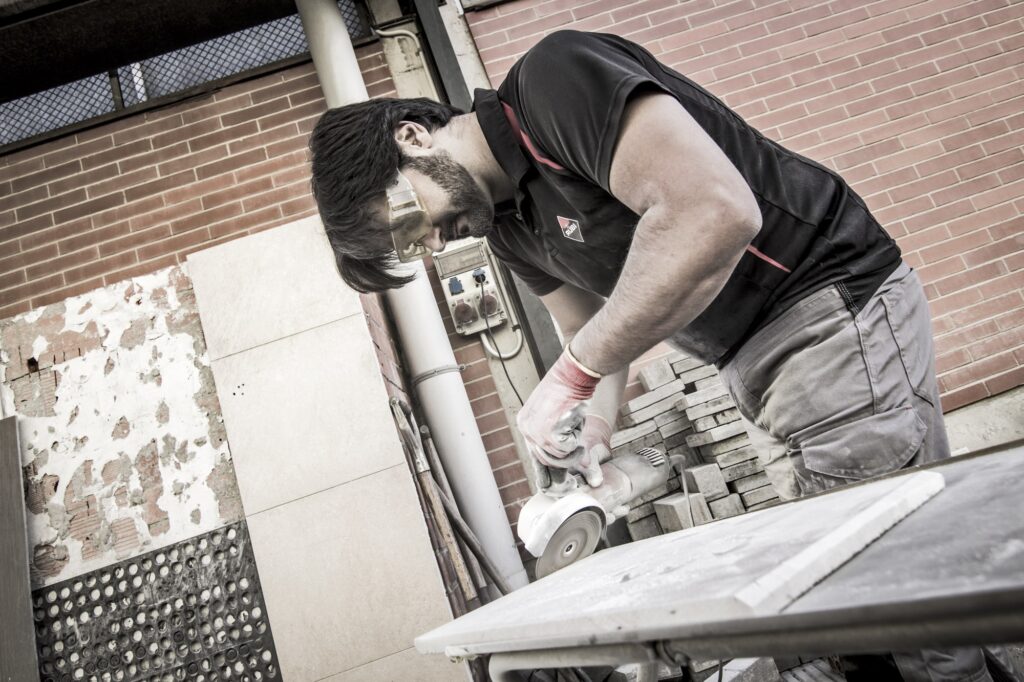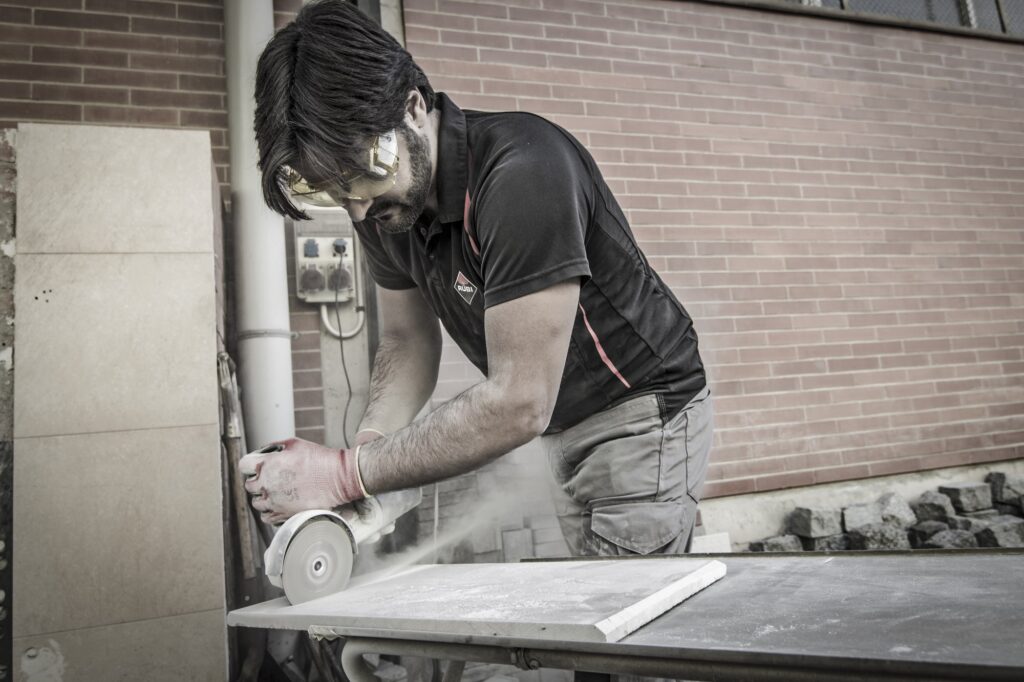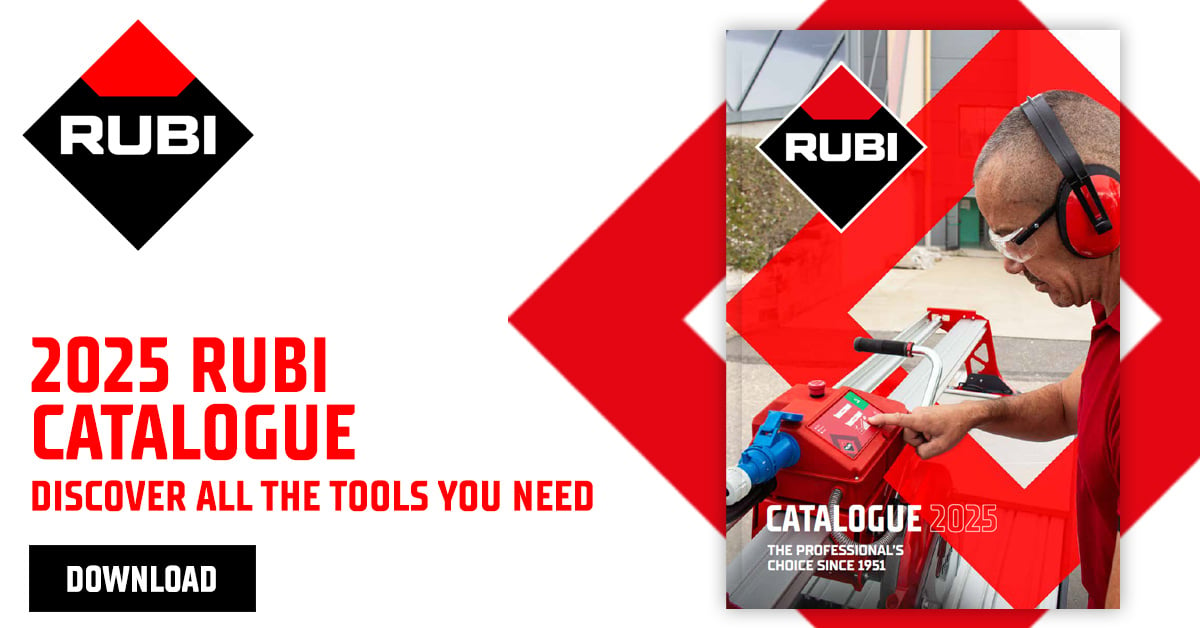Porcelain tiles are a beautiful, durable choice for floors and walls, but their hardness makes them notoriously challenging to cut. Standard diamond blades often chip, burn, or wear out quickly, leading to frustration and wasted material. Fortunately, tools designed specifically for this tough material can make all the difference. For professionals and serious DIYers looking for a precise, clean finish on porcelain, the RUBI ECD Diamond Grinding Blade is a game-changer when paired with an angle grinder.


What Makes the ECD Blade Special?
The RUBI ECD (Electroplated Continuous Diamond) blade isn’t your average cutting disc. It’s an all-in-one marvel designed for versatility and durability on some of the toughest materials, especially porcelain and stoneware.
- Electroplating Technology: The ECD blade utilizes an electroplated rim, which securely bonds the high-quality diamond particles to the steel core. This offers an aggressive, clean cutting action and minimizes the chance of chipping, a common issue with brittle porcelain glaze.
- Continuous Rim: Unlike segmented or turbo blades, the continuous, smooth rim is essential for producing the finest, chip-free cuts on highly vitrified (dense) materials like porcelain. It ensures a constant, even contact surface.
- Grinding Capability: The true genius of the ECD is its dual function. The robust diamond side coating allows the blade to be used not just for straight cuts, but also for shaping, profiling, and smoothing the edges. This is crucial for creating perfect internal corners, smoothing rough cuts, or slightly enlarging holes without having to switch tools.


Optimal Use for Cutting Porcelain
While the ECD blade can cut wet, it truly shines when used dry with a small, powerful angle grinder—the preferred method for quick, on-site tile work.
1. Precision Straight Cuts
When making a standard cut, always mark your line clearly and secure the tile firmly to a stable, flat surface.
- Start Slow: Gently initiate the cut, allowing the diamond edge to score the glaze before applying more pressure. This prevents the initial chipping.
- Consistent Pressure: Use moderate, steady pressure, letting the grinder’s speed and the blade’s quality do the work. Avoid forcing the blade, as this generates excessive heat and can lead to blade warping or premature wear.
- Heat Management (Crucial!): Since you’re cutting dry, heat buildup is the enemy. Cut in short, intermittent passes (known as ‘plunge and withdraw’ or ‘pecking’) rather than one long, continuous sweep. This allows air to cool the blade and the porcelain, prolonging the blade’s life and maintaining a clean cut.
2. Shaping and Edge Smoothing
Once the cut is made, the ECD blade transforms into a grinding tool.
- Miter and Beveling: Tilt the angle grinder to the desired angle (e.g. 45 degrees for a miter joint) and lightly run the side of the blade along the edge. The side coating will neatly grind the porcelain to create a perfect bevel.
- Corner Relief: For cuts that meet other tiles, the side of the blade can be used to smooth out sharp corners or slightly adjust the cut line for a perfect fit, offering a level of control a typical wet saw blade can’t match.

Why Professionals Choose the ECD
The ECD blade minimizes the need to carry multiple tools. It replaces a dedicated cutting disc and a separate grinding wheel for edge work, streamlining the process and saving time. Its superior performance on porcelain means fewer broken tiles and a higher quality finish. For anyone serious about tile installation, investing in a high-quality, task-specific blade like the RUBI ECD for your angle grinder is a clear path to achieving professional-level results on the toughest of materials.
Check out the ECD Grinding Blade on our website!



Post a comment